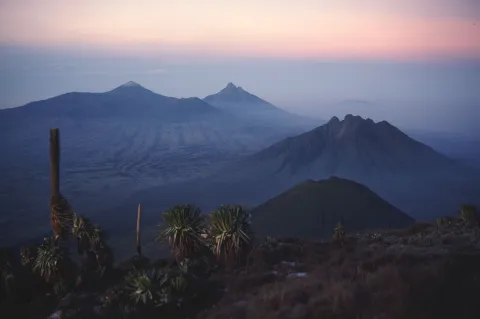


The vital role of Indigenous Peoples and Local Communities
Indigenous Peoples and Local Communities (IPLCs) are often the primary stewards of Key Biodiversity Areas, living within, managing, and relying on these lands for generations. Their deep-rooted knowledge and cultural connection to the land make IPLCs indispensable partners in biodiversity conservation and the KBA Programme—oftentimes as part of KBA National Coordination Groups and supporting KBA identification and re-assessments.
The importance of Indigenous and Local Knowledge (ILK)
Indigenous and Local Knowledge (ILK) is essential throughout the KBA process—from identifying and mapping sites to evaluating and monitoring biodiversity. For example, ILK can be applied in assessing species composition, abundance and distribution, and in discovering the extent of natural resource use and exploitation over time.
ILK is also critical in determining where KBA boundaries should be delineated. Where this occurs within Indigenous lands the peoples with rights to the land should be consulted over where boundaries are best located. Incorporating ILK ensures that conservation efforts are not only scientifically robust but also culturally relevant and respectful of local values.
Rights, consent, and ethical practice
Identifying and mapping KBAs does not alter the customary or legal ownership/management/use rights of any rights-holders. However, before any management actions that might affect IPLC rights or livelihoods are taken, the principle of Free, Prior, and Informed Consent (FPIC) must be respected. This also applies when sharing previously unpublished ILK data into the World Database of KBAs, ensuring that IPLC knowledge and interests are protected.
Effective, equitable conservation requires not only the inclusion of IPLCs in decision-making but also respect for their knowledge, priorities, and rights.